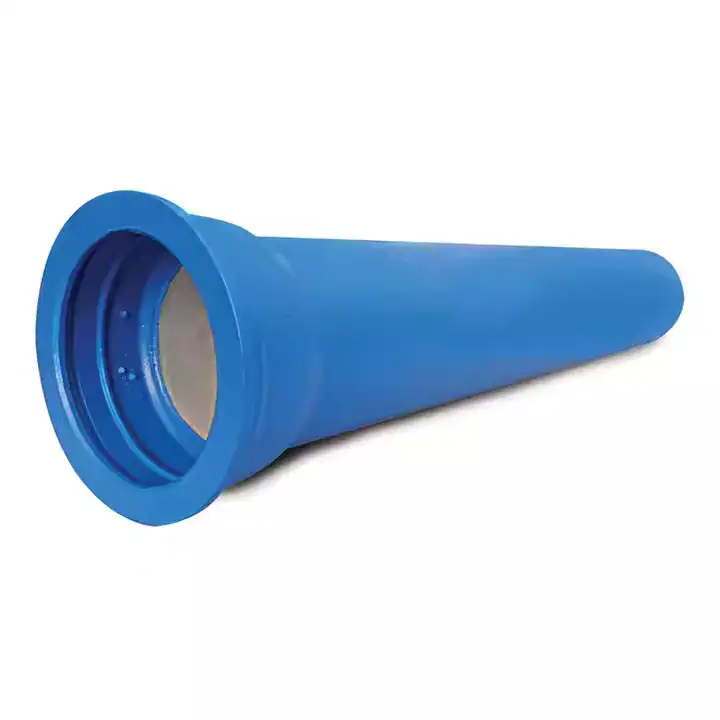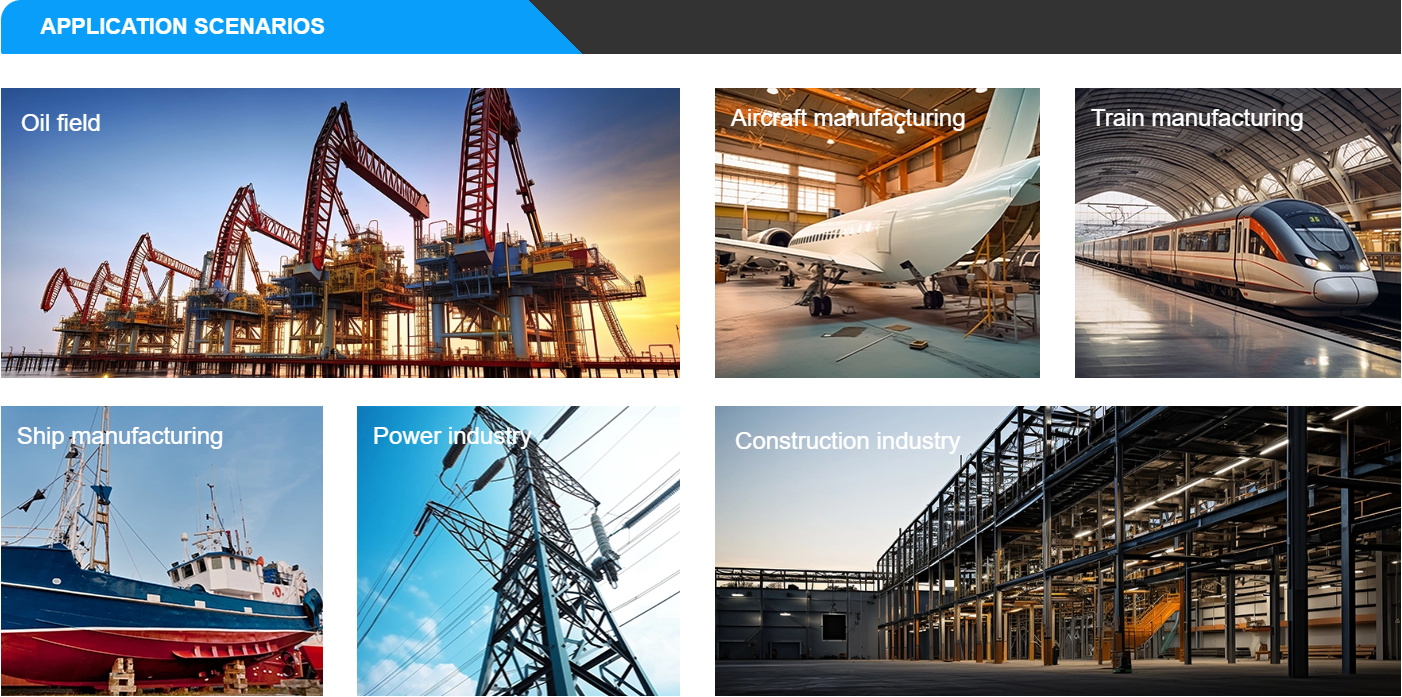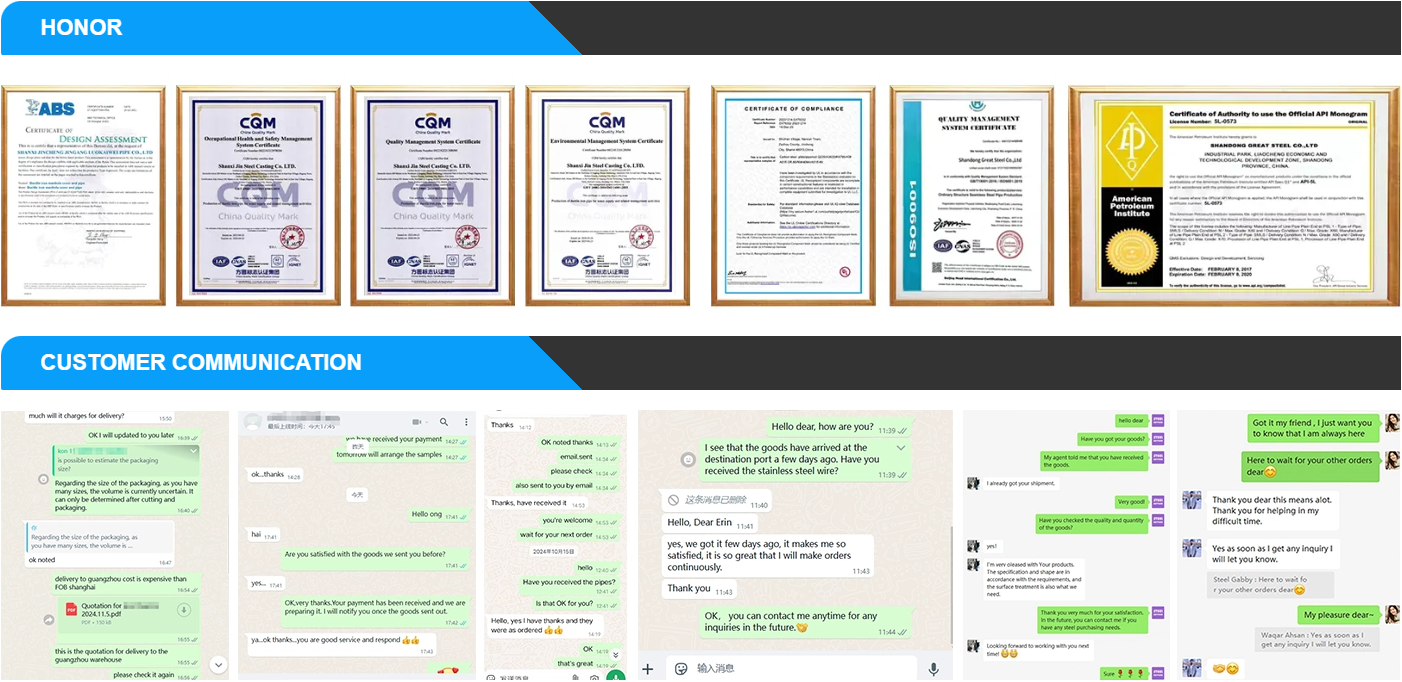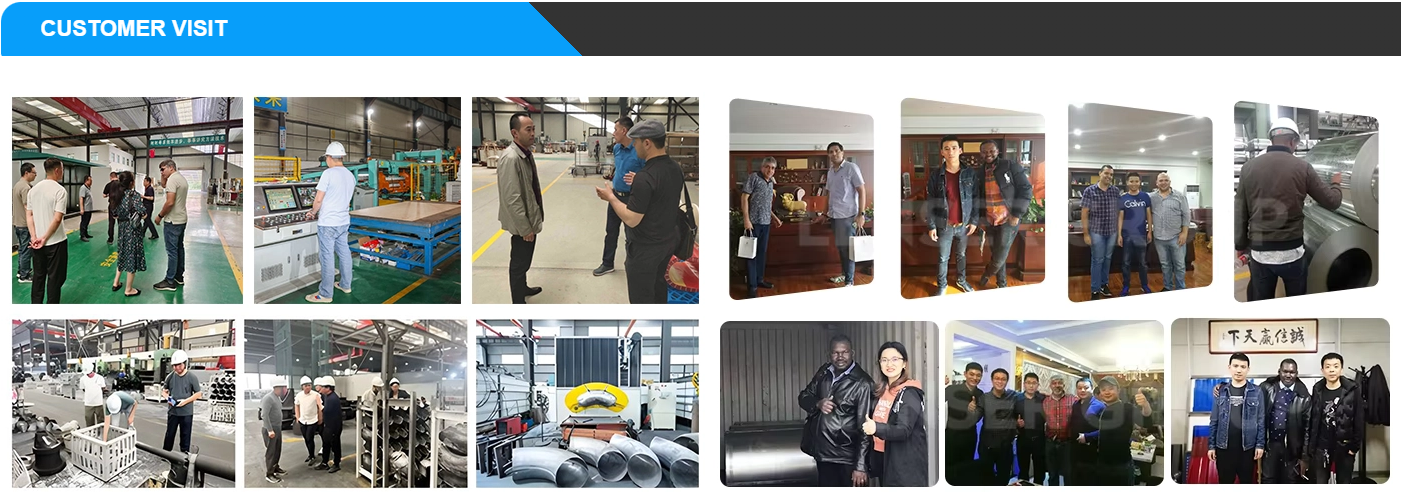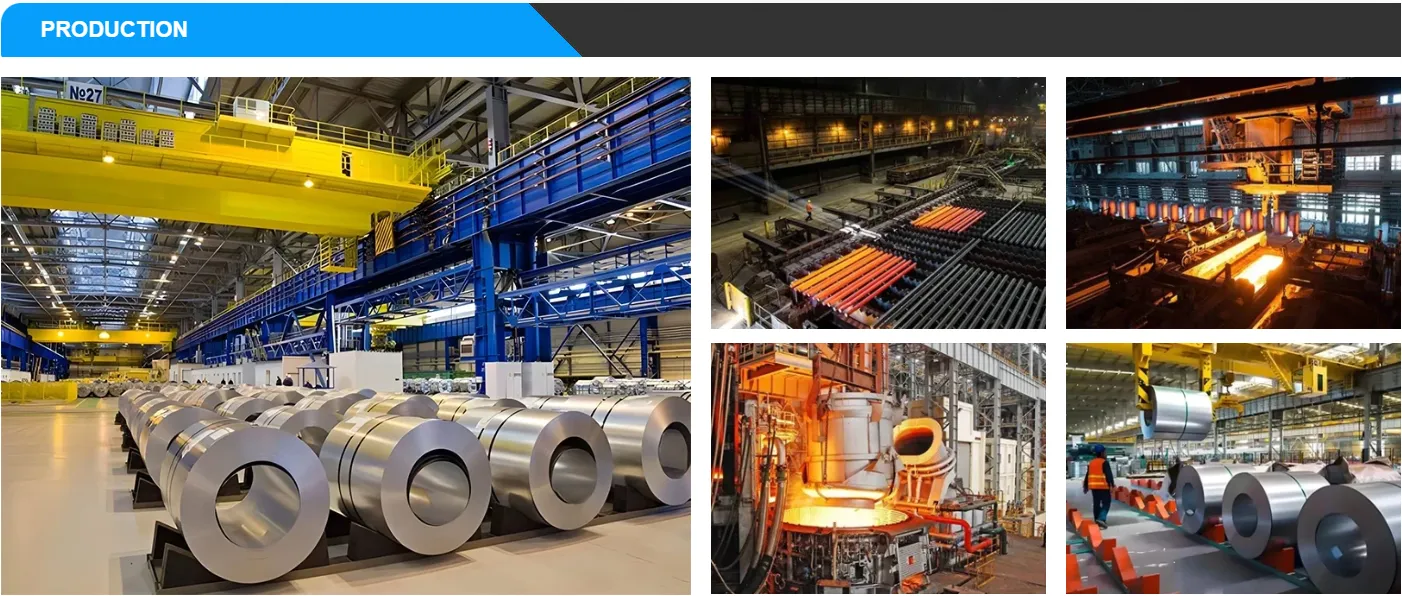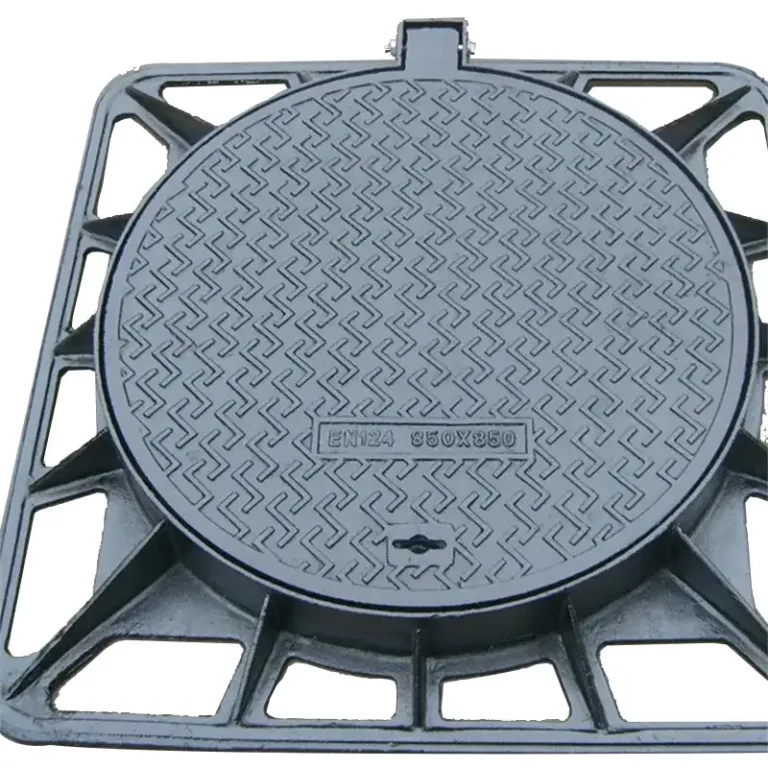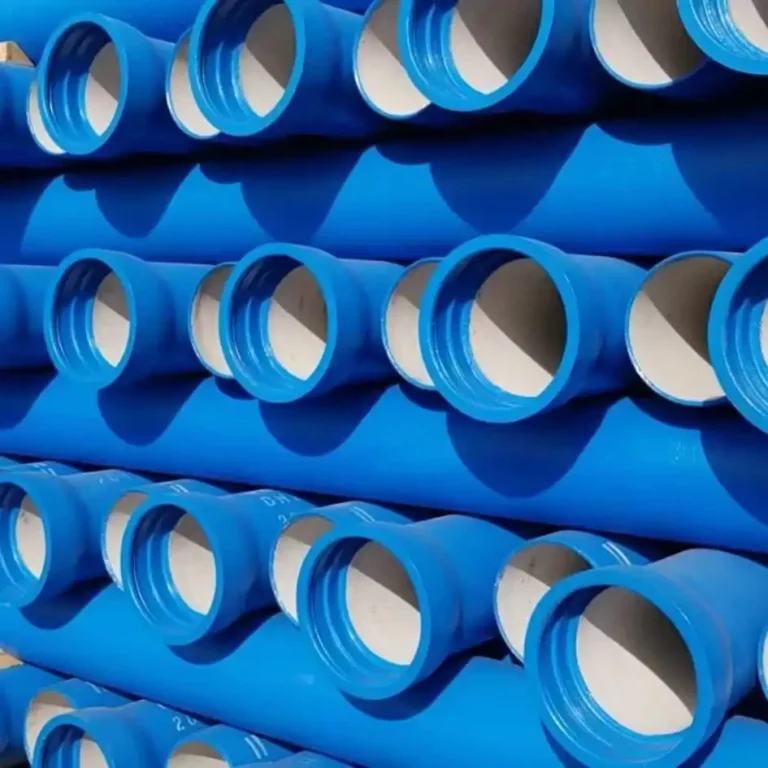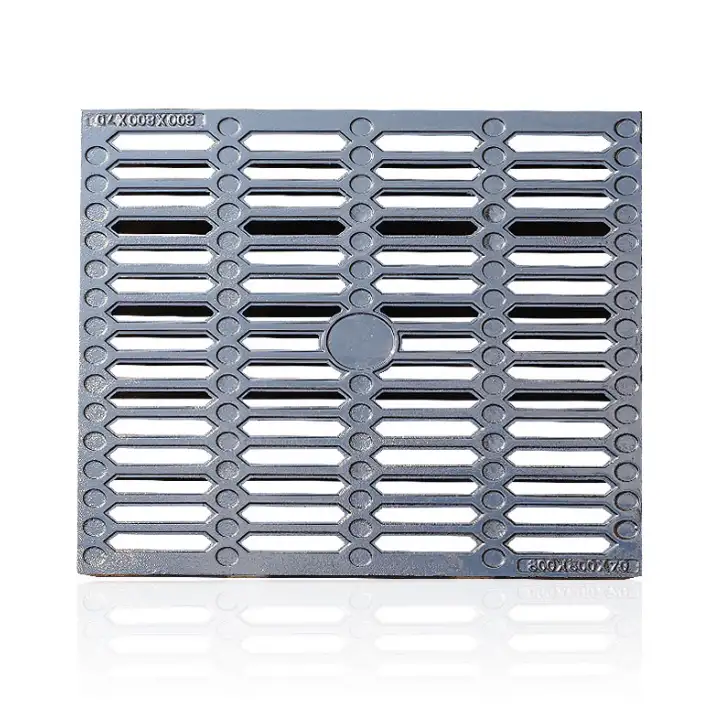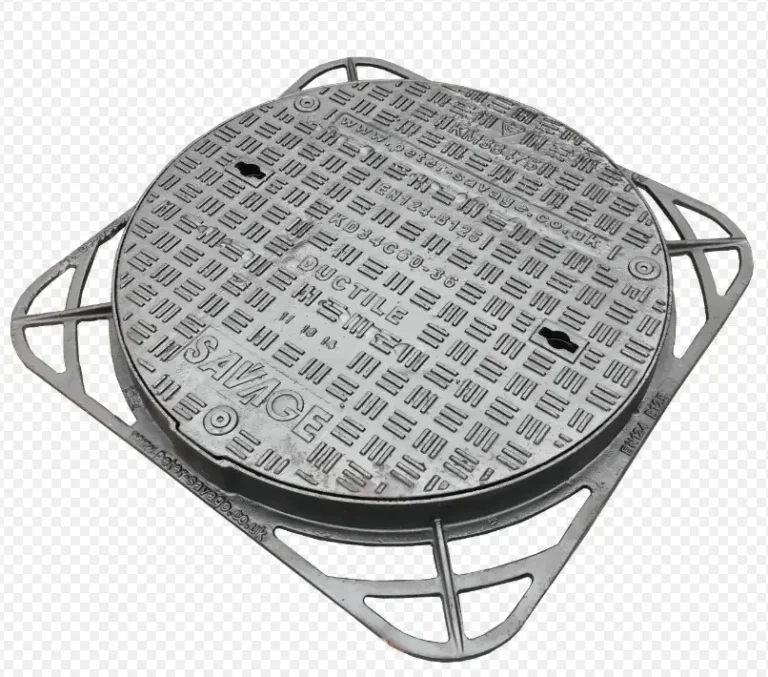In this overview of Class 52 Ductile Iron Pipe, you’ll discover how this industry-leading pipeline solution brings decades of reliable service to water, wastewater and industrial networks. With a proven 100+ year service life, it meets the stringent AWWA C151 and ISO 9349 design and testing standards, and installation methods (mechanical joints, polyethylene encasement) that simplify trench-side work. A price-comparison data table and real-world cases—such as a 50-year, $17 million energy-savings study—illustrate both upfront and life-cycle value. Clear, concise FAQs address class differences, corrosion control and pressure ratings.
Application Scenarios
Class 52 ductile iron pipe is ideal for:
-
Municipal water mains in urban and suburban systems, delivering potable water under high pressures.
-
Sewage and drainage collectors in municipal or industrial plants, where durability and abrasion resistance are critical.
-
Irrigation networks in agriculture, providing reliable flow and minimal maintenance over decades.
-
Industrial process lines (manufacturing plants, power stations) requiring corrosion-resistant, high-pressure piping.
Service Life
Modern ductile iron pipe routinely exceeds 100 years in service under normal operating conditions, thanks to:
-
Cement-mortar linings that virtually eliminate internal corrosion.
-
High recycled-content manufacturing, making it both durable and eco-friendly.
-
Robust nodular-iron microstructure, preserving mechanical properties over time.
Installation and Jointing
Mechanical Joints & Flanged Connections
-
Mechanical joint (MJ) fittings with elastomeric gaskets allow quick, restraint-free assembly at the trench.
-
Flanged joints, using bolted steel flanges, provide rigid, leak-proof connections for pumps and valves .
Polyethylene Encasement Methods
The DIPRA guide outlines three encasement approaches for corrosion control:
| Method | Description | Use Case |
|---|---|---|
| A | One continuous polyethylene sleeve, overlapped at joints | Standard best practice |
| B | Separate tubes for barrel and joints (not recommended alone) | Limited use with extra wrap |
| C | Sleeve plus extra joint wrap for bolted-type fittings | High-risk soil environments |
International Standards
-
ANSI/AWWA C151/A21.51: Specifies the minimum mechanical requirements and dimensions for DI pipe.
-
AWWA C104/A21.4 & C105/A21.5: Standards for cement-mortar lining and polyethylene encasement.
-
ISO 9349:2017: Requirements for preinsulated DI pipes, fittings and joints.
-
ISO 16631:2016: General test methods for DI pipes, fittings and joints.
Price Comparison with Other Vendors
While regional factors and diameters affect pricing, the table below illustrates typical per-foot costs for Class 52 DI pipe from three suppliers (2024 bid):
| Diameter | Vendor A ($/ft) | Vendor B ($/ft) | Vendor C ($/ft) |
|---|---|---|---|
| 4″ | 41.82 | 37.11 | 43.69 |
| 6″ | 27.50 | 26.08 | 29.86 |
| 8″ | 36.20 | 34.36 | 39.34 |
In contrast, China market rates range $425–720/m and India $450–650/m for similar specifications. Lifecycle costs favor ductile iron despite a moderate upfront premium.
Advantages
-
Exceptional Durability: 100+ year lifespan minimizes replacement cycles.
-
High Strength: Superior tensile and impact resistance for trenched or submerged runs.
-
Corrosion Resistance: Modern linings and encasements virtually eliminate internal/external corrosion.
-
Eco-Friendly: Up to 60% recycled iron content; fully recyclable at end of life.
-
Versatile Jointing: Multiple joint systems adapt to site constraints and pressure requirements.
Frequently Asked Questions
-
What distinguishes Class 52 from other thickness classes?
Class 52 denotes the wall-thickness schedule correlating to high-pressure (350 psi) service; each “Class” up-or-down adjusts thickness and weight. -
How is corrosion managed?
A combination of cement-mortar lining and polyethylene encasement methods (A, B or C) controls internal and external corrosion. -
Can Class 52 pipes be buried in aggressive soils?
Yes—with Method C encasement and cathodic protection as needed for high-chloride or sulfate soils. -
What joint type is best for high-pressure mains?
Mechanical joints are standard; flange connections are used at valves/pumps for rigid support. -
Is installation labor-intensive?
No—gasketed joints allow rapid assembly, reducing trench-time and backfill costs.
Case Studies
-
Huntsville, AL Water Utility: A Black & Veatch study found that replacing older pipes with ductile iron saved 3% of annual operating expenses—over $17 million in present value across 50 years.
-
Historic American Systems: Many U.S. cities still rely on DI mains installed in the early 20th century, a testament to > 100 years of uninterrupted service.
ductile iron pipe dimensions
| Pipe body weight (kg/m) | |||||||||||||||
| (Inside Diameter) | (Outside Diameter) | Socket Weight | K8 | K9 | K10 | C class | Total weight of Active Length=6M (kg) | Total weight of Active Length=5.7M (kg) | |||||||
| DN(mm) | OD(mm) | ≈ kg | Class | kg/m | K8 | K9 | K10 | C class | K8 | K9 | K10 | C class | |||
| 80 | 98 | 3.40 | 12.20 | 12.20 | 12.20 | C40 | 9.10 | 77.00 | 77.00 | 77.00 | 58.00 | 73.00 | 73.00 | 73.00 | 55.00 |
| 100 | 118 | 4.30 | 14.90 | 15.10 | 15.10 | C40 | 11.12 | 93.70 | 95.00 | 95.00 | 71.00 | 90.00 | 91.00 | 90.00 | 68.00 |
| 125 | 144 | 5.70 | 18.90 | C40 | 119.00 | ||||||||||
| 150 | 170 | 7.10 | 21.80 | 22.80 | 22.80 | C40 | 16.48 | 138.00 | 144.00 | 144.00 | 106.00 | 132.00 | 138.00 | 137.00 | 101.00 |
| 200 | 222 | 10.30 | 28.70 | 30.60 | 30.60 | C40 | 22.62 | 183.00 | 194.00 | 194.00 | 146.00 | 174.00 | 185.00 | 185.00 | 139.00 |
| 250 | 274 | 14.20 | 35.60 | 40.20 | 44.30 | C40 | 32.63 | 228.00 | 255.00 | 280.00 | 210.00 | 218.00 | 244.00 | 267.00 | 200.00 |
| 300 | 326 | 18.90 | 45.30 | 50.80 | 56.30 | C30 | 43.90 | 290.00 | 323.00 | 357.00 | 282.00 | 278.00 | 309.00 | 340.00 | 269.00 |
| 350 | 378 | 23.70 | 55.90 | 63.20 | 69.60 | C30 | 51.88 | 359.00 | 403.00 | 441.00 | 335.00 | 343.00 | 384.00 | 420.00 | 319.00 |
| 400 | 429 | 29.50 | 67.30 | 75.50 | 83.70 | C30 | 60.78 | 433.00 | 482.00 | 532.00 | 394.00 | 414.00 | 460.00 | 506.00 | 376.00 |
| 450 | 480 | 38.30 | 80.00 | 89.30 | 99.00 | C30 | 73.30 | 515.00 | 575.00 | 632.00 | 472.00 | 492.00 | 550.00 | 597.00 | 450.00 |
| 500 | 532 | 42.80 | 92.80 | 104.30 | 115.60 | C30 | 87.20 | 600.00 | 669.00 | 736.00 | 566.00 | 572.00 | 638.00 | 702.00 | 540.00 |
| 600 | 635 | 59.30 | 122.00 | 137.30 | 152.00 | C30 | 120.62 | 791.00 | 882.00 | 971.00 | 783.00 | 755.00 | 842.00 | 926.00 | 747.00 |
| 700 | 738 | 79.10 | 155.00 | 173.90 | 193.00 | C25 | 142.15 | 1009.00 | 1123.00 | 1237.00 | 932.00 | 963.00 | 1071.00 | 1179.00 | 889.00 |
| 800 | 842 | 102.60 | 192.00 | 215.20 | 239.00 | C25 | 177.07 | 1255.00 | 1394.00 | 1537.00 | 1165.00 | 1197.00 | 1330.00 | 1465.00 | 1112.00 |
| 900 | 945 | 129.60 | 232.00 | 260.20 | 289.00 | C25 | 197.68 | 1521.00 | 1691.00 | 1863.00 | 1446.00 | 1452.00 | 1613.00 | 1777.00 | 1257.00 |
| 1000 | 1048 | 161.30 | 275.00 | 309.30 | 343.20 | C25 | 266.28 | 1811.00 | 2017.00 | 2221.00 | 1759.00 | 1729.00 | 1925.00 | 2118.00 | 1679.00 |
| 1100 | 1152 | 194.70 | 362.80 | 2372.00 | |||||||||||
| 1200 | 1255 | 237.70 | 374.00 | 420.10 | 466.10 | C25 | 373.88 | 2482.00 | 2758.00 | 3034.00 | 2481.00 | 2370.00 | 2632.00 | 2894.00 | 2369.00 |
| 1400 | 1462 | 279.30 | 547.20 | 3563.00 | |||||||||||
ductile iron pipe Mechanical property
| Mechanical Property | |||||||
| Nominal Diameter | Hydraulic test | Tensile strength | Elogation | Yield strength | Bending strength | Brinell hardness | Thickness of cement lining |
| DN(MM) | Mpa | Mpa | % | Mpa | Mpa | HB | mm |
| DN80-DN300 | 5 | ≥420 | ≥10 | ≥300 | ≥590 | ≤230 | 3 |
| DN350-DN600 | 4 | ≥420 | ≥10 | ≥300 | ≥590 | ≤230 | 5 |
| DN700-DN1000 | 3.2 | ≥420 | ≥10 | ≥300 | ≥590 | ≤230 | 6 |
| DN1100-DN1600 | 2.5 | ≥420 | ≥7 | ≥300 | ≥590 | ≤230 | ….. |
